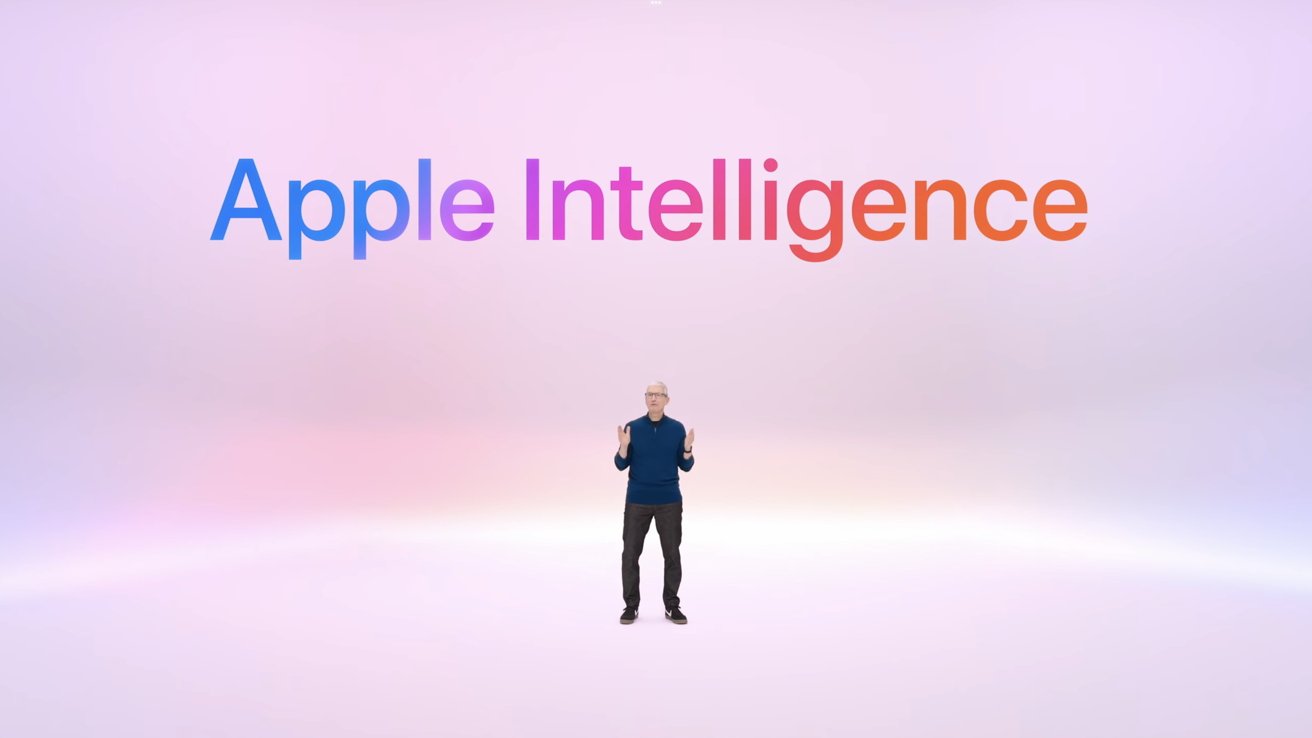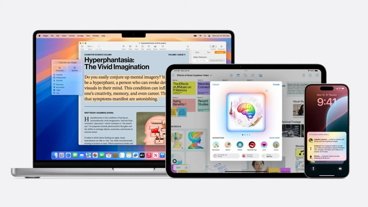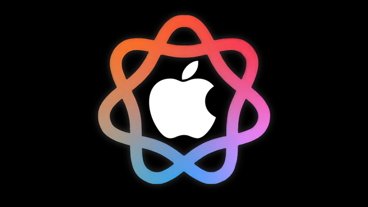A recent machine learning update from Apple reveals how iOS 26 brings faster, safer AI that was trained without your texts, your photos, or your permission.
Apple has overhauled its foundation models for iOS 26 to be faster, safer, and more private. The system behind features like Genmoji, Writing Tools, and image understanding is now trained with a sharper focus on data quality, cultural awareness, and user protection.
The company a detailed Machine Learning Journal report outlining how it trains and upgrades the models behind Apple Intelligence. Dive into the paper for nuanced details and specs on the artificial intelligence training.
These are the key takeaways from that report, focusing on privacy, data sourcing, and responsible AI behavior in iOS 26.
Applebot powers smarter AI
Apple's training pipeline starts with Applebot, the company's web crawler. It collects data from sites that allow it, pulling in pages from across the internet in multiple languages. But it's not scraping everything it finds.
"We continue to source a significant portion of the pre-training data for our models from web content crawled by Applebot," Apple wrote in the report. "These data span hundreds of billions of pages and cover an extensive range of languages, locales, and topics."
Applebot prioritizes clean, structured web pages and uses signals like language detection and topic analysis to filter out junk. It also handles complex websites by simulating full-page loading and running JavaScript.
That allows it to gather content from modern pages that rely on interactive design. The goal is to collect useful, high-quality material without ever touching your private information.
This is Apple's answer to the data challenge facing AI developers. Instead of gathering more data at any cost, the company is focused on building smarter datasets from cleaner, publicly available sources.
It's still a tricky situation for Apple, that while it didn't just take every bit of data it could find, it still scrapped the web before telling anyone it did so. Websites can ask to not be scraped now, but the original crawling of Applebot was already complete and can't be undone.
That said, Apple is one of the only companies seemingly taking an ethical approach to AI and its training.
Training for safety and cultural context
Once the data is collected, Apple trains the models in stages. It starts with supervised examples that show the model how to respond in different situations. Then it uses reinforcement learning, with real people rating model responses, to fine-tune the results.
"We fine-tune our models to behave helpfully, respectfully, and safely in accordance with Apple's AI principles," the company said. "This includes instruction tuning, reinforcement learning from human feedback, and evaluations across a variety of safety and responsibility axes."
Apple also built a safety system that identifies categories like hate speech, misinformation, and stereotypes. The models are trained to refuse requests when necessary and to adapt their tone depending on where the user lives.
That includes using the right regional terms and avoiding content that might feel unnatural or insensitive in a local context. The extra training helps the system behave more reliably in the real world.
What this means for users
Features powered by Apple Intelligence now respond faster, support more languages, and stay on track when given complex prompts. For example, Genmoji knows how to avoid inappropriate results even when different languages are involved.
The Writing Tools can follow specific instructions without drifting off-topic. The image parser can turn a photo of a flyer into a calendar event, even if the design is cluttered.
And all of that happens without Apple seeing what you type or share. If the model needs help from the cloud, Private Cloud Compute handles the request in encrypted memory, on servers Apple cannot access.
For users, the big shift is that Apple Intelligence feels more useful without giving up control. For developers, the new Foundation Models framework offers structured outputs, safer tool integration, and Swift-native design.
Developer access and why 3 billion parameters matter
At WWDC 2025, Apple announced that developers can now use its on-device foundation model through the new Foundation Models framework. That gives third-party apps direct access to the same model that powers Apple Intelligence across iOS 26.
The on-device model has about 3 billion parameters, making it one of the largest language models ever deployed entirely on a phone or tablet. It's roughly the same size as Google's GeminiNano2 (about 3.25 billion) and not far off from Microsoft's Phi3mini (about 3.8 billion).
Apple isn't just matching competitors in model size. Its 3 billion-parameter model is optimized for Apple Silicon using 2-bit quantization and KV-cache sharing. That gives it a performance and efficiency edge without relying on the cloud.
Developers get faster results, lower costs, and tighter user privacy. Instead of relying on external APIs or background network calls, apps can now integrate powerful AI locally and privately.










